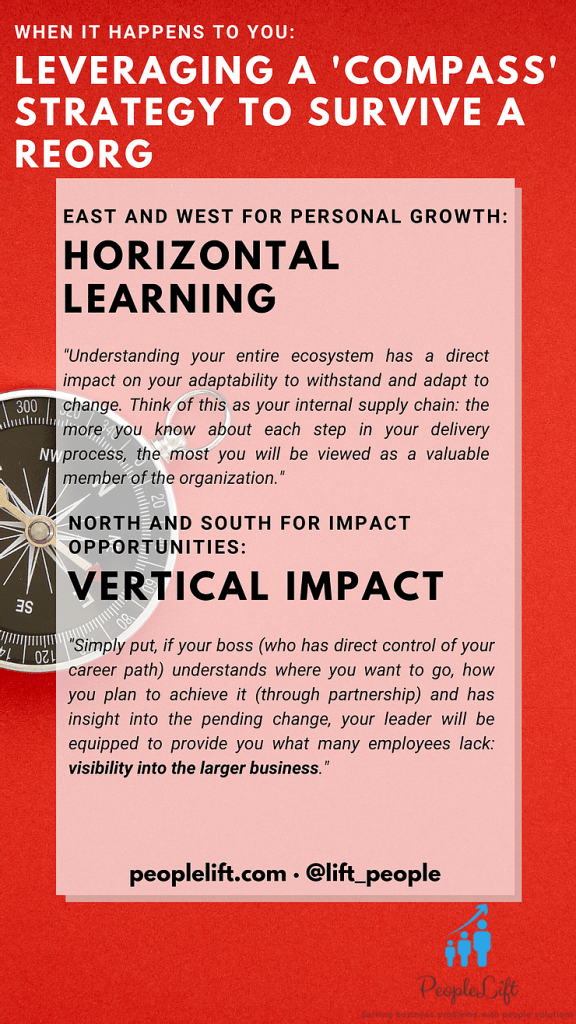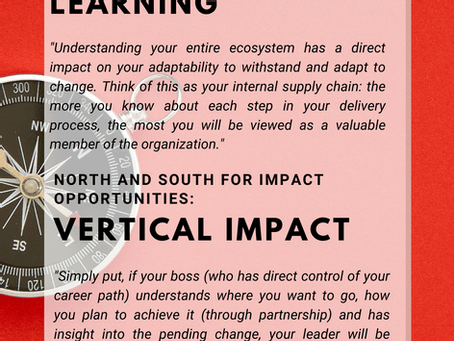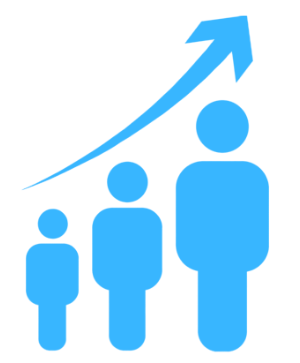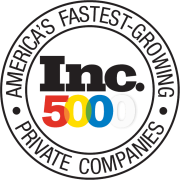https://www.linkedin.com/pulse/when-happens-you-leveraging-compass-strategy-survive-reorg-visconti/
In the business world, core success concepts typically include speed and agility. Speed to market, duration from a concept to MVP and a company’s ability to ‘fail fast and learn’ are all concepts widely discussed. With that speed and agility focus however, there are consequences that radically impact a company’s workforce.
Reorganizations, rethinks on process and redesigns of human capital strategy can happen within a single meeting and the impacts are mostly out of reach for non-executive employees. Why does this happen? How can we prepare for it? What is the impact on your career?
The Why is simple: the business world is evolving faster than ever
Blockbuster & Yahoo! dominated their verticals but were replaced by Netflix & Google. Why do I mention each of those companies? Both Blockbuster & Yahoo! had multiple opportunities to purchase the other…both declined and were eventually overtaken leaving them to the graveyard of those ‘who couldn’t move quick enough’.
No CEO wants to go down that path and they have a responsibility to their shareholders/employees to make sure they are not the next ‘Blockbuster’. Part of that process is embracing failure and innovation as the same ideal but also dealing with the consequences.
Dealing with adversity is a common theme but the logic tree we must embrace is that it is not IF things ‘happen to us’, it is WHEN… the learned skill to adjust is what will define many employees throughout their career.
When something like a reorg (re organization) happens, career paths can be thrown into jeopardy; relationships can be separated or at times terminated without warning; strategies that aligned with you perfectly now pull you away from your core competencies may force an unwanted pivot so on and so forth. Accepting this as a reality, an ever present/pending reality, is the first step towards understanding lateral impact as well as vertical visibility.
A heartfelt personal example: I didn’t know what to do or say when I had to explain why a great employee was no longer on our team. This changed me forever…
During a reorg in a previous organization, a soon to be former direct report of mine asked ‘what does this mean for my career’? There is no easy answer. I hoped for the best but I too was really worried…in fact, most middle managers/people leaders have little or no warning on reorganizations. We are forced to pivot as well; which is equally scary and unsettling.
The simple answer of ‘I don’t know’ will not cut it when you lead people and as a leader you must come prepared to answer a cold truth: there will be an impact, how big or how small is still to be determined. That isn’t emotionally helpful but there are strategies that everyone can employ to survive the inevitable change in direction. I learned the hard way that ‘everything will be OK’ isn’t helpful but employing a strategy BEFORE change is the best way to adjust to change where you are not in control.
The Compass Analogy: East and West for personal growth
Envision a compass for this analogy: learning (east and west) to have an impact (north and south) to cover yourself no matter which way the organization moves you.
First, horizontal learning. Understanding your entire ecosystem has a direct impact on your adaptability to withstand and adapt to change. Think of this as your internal supply chain: the more you know about each step in your delivery process, the most you will be viewed as a valuable member of the organization.
Making yourself visible into other organizational leaders(via project impact, personal connection, networking and or work product reputation) is essential to understanding how your change will impact your world. If you know where you are going, who you will report to or the function you are being pushed towards, this change management scenario will feel easier.
In many instances you may not know the ‘new person’…in this situation, it is imperative to employ the ‘east west’ strategy BEFORE the inevitable change so that the ‘new person’ will invariably come across you and your work product. This seems counter intuitive, how can you know BEFORE that you will be reorged? Candidly, these happen almost every day across the United States so among the many ways to grow in your company, knowing that the ‘more you know’
North and South for impact opportunities
Second, vertical impact. Simply put, if your boss(who has direct control of your career path) understands where you want to go, how you plan to achieve it(through partnership) and has insight into the pending change, your leader will be equipped to provide you what many employees lack: visibility into the larger business.
By partnering with your boss early and often, you can leverage this relationship for introductions and references on your work ethic and output. Without employing vertical visibility, you will be left to adjust like the rest of the impacted group.
If YOU are the boss, providing guidance to your employees and encouraging east and west learning, the more likely it is that your team will be viewed as capable and impactful creating an opportunity for YOU as the leader to leverage your teams ability to impact the organization positively for you.
I lost my job, now what? Perspective shift
It is not like it was 20 years ago, or even ten years ago, talent acquisition professionals understand layoffs are part of the employment life cycle and candidly, you can leverage this to get through the ‘why are you interested’ question…simple truth, “I joined a high potential company with great ideas and we had to pivot. I learned ‘x, y z’ from this experience and I will bring ‘a b c’ to your organization” is a powerful message.
Finally, WHEN you are reorged, it is a unique opportunity to take a step back and think objectively on your own career path: were you setting it or following known tracks? What skills will you acquire in this transition? What experiences will you bring to the table for your next employer?
All of these are tools in our workforce tool-belt than can be leveraged when change comes. Pair that with horizontal learning and vertical impact, your adjustment period should be less than those who do not employ those techniques and your transition smoother as you have a fundamental advantage in the workplace: you can pivot quickly, and your internal brand will remain intact while you forge a new path.
PeopleLift, LLC,#change@lift_people#reorg#buildyourfuture






